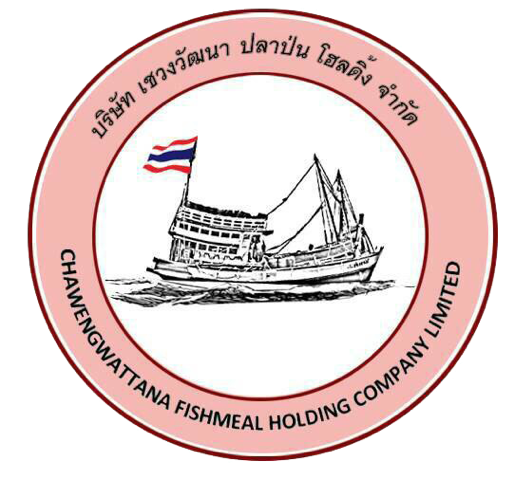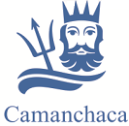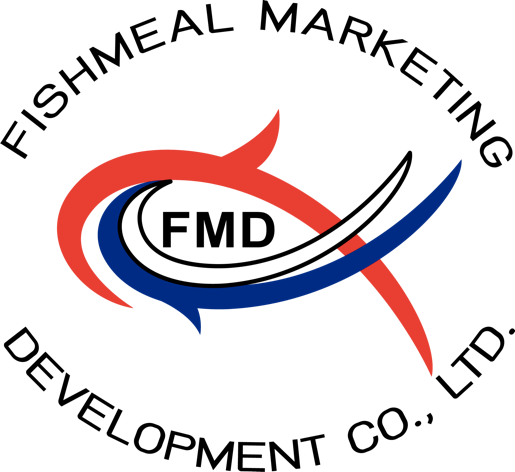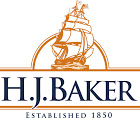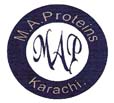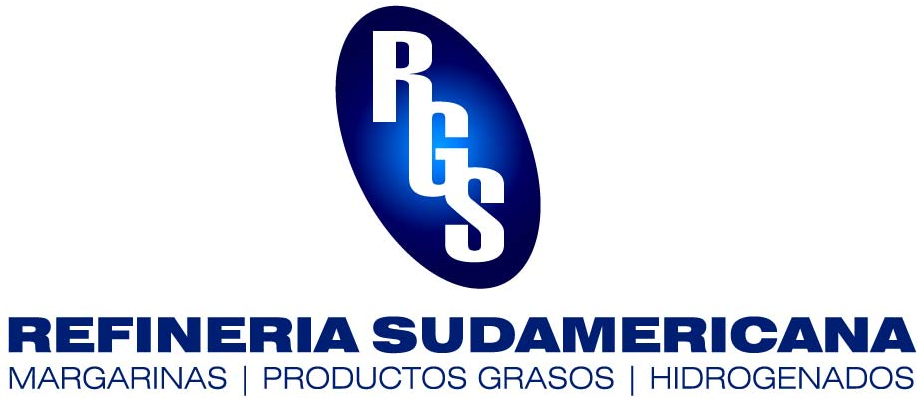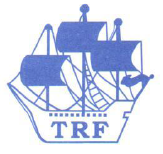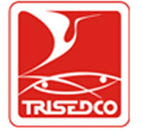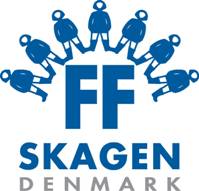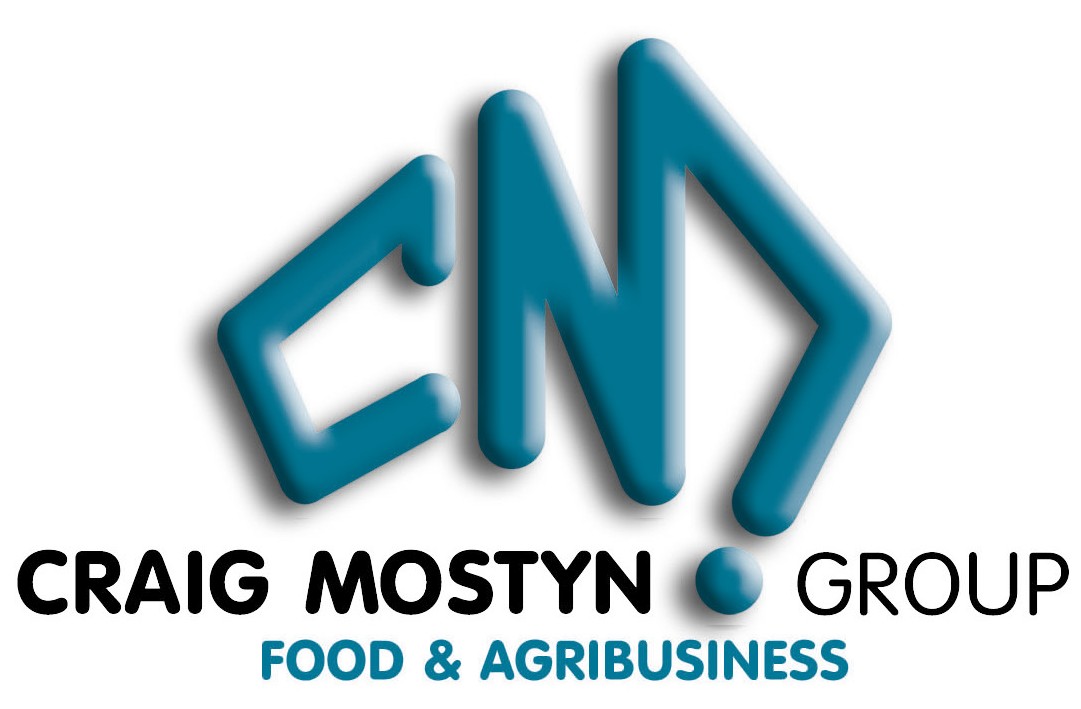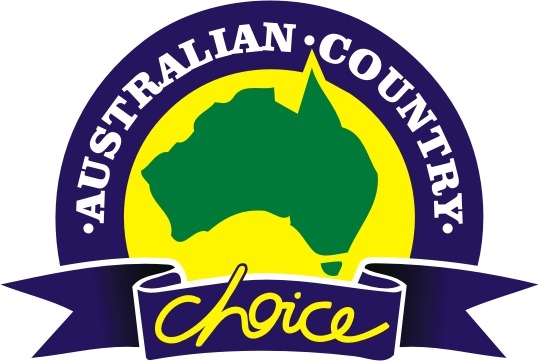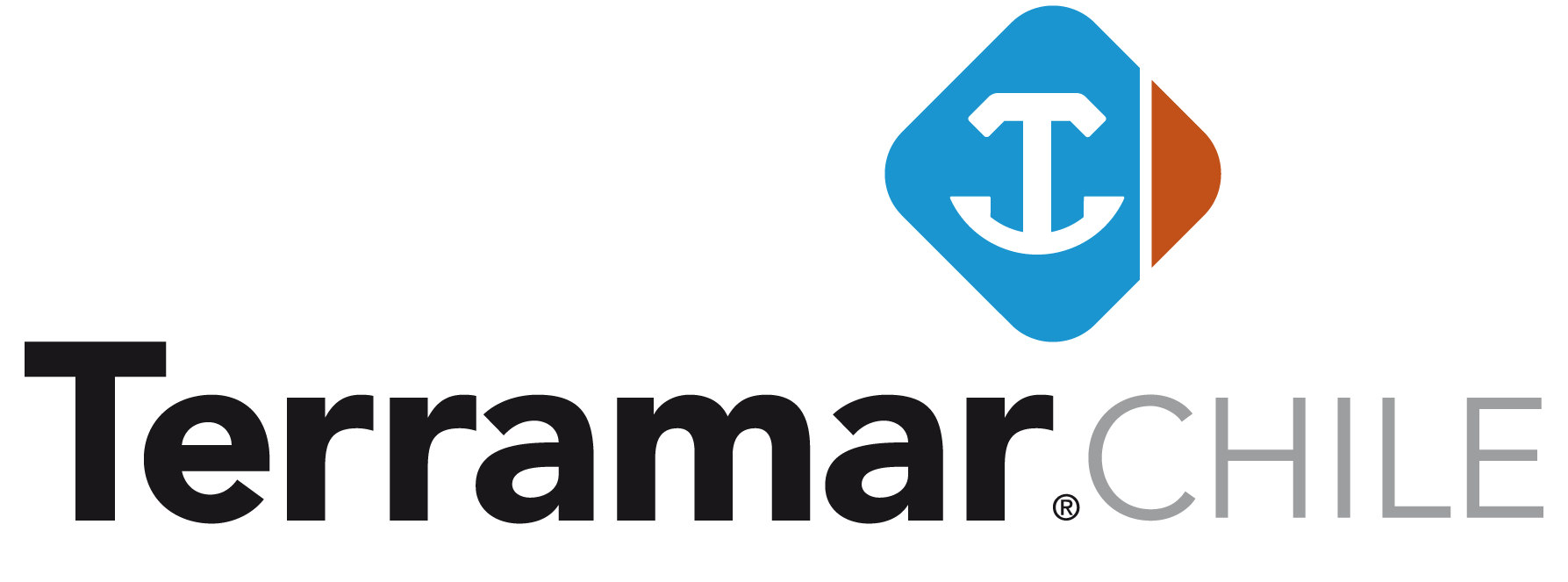Join Now | Free Trial | Login | Membership
Global landings of small pelagics are expected to grow 7% in 2017 compared with 2016, according to a new report by the United Nations's Food and Agriculture Organization (FAO).
"The major reason for this growth is an expected higher catch of Peruvian anchovy. Atlantic mackerel and Atlantic herring are also expected to increase, although not as much as anchovy," the report reads.
The combined increase for herring and mackerel landings in 2017 is expected to be about 4% more than in 2016, according to FAO.
This could put some pressure on prices, but since the increase is relatively modest, no dramatic price changes are expected, FAO forecasted. Instead, currency exchange rates may place a greater role on price formulation, according to FAO.
Peruvian anchovy catches have increased sharply this year, compared with last year, thanks to the end of El Nino.
Meanwhile, pelagic catches in northern Europe are over 50% higher than last year, Undercurrent News reported.
Mackerel
The Scottish fisheries minister has decided to withhold 12% of the country’s 2017 mackerel quota pending an analysis of how much mackerel is landed in Scotland.
According to the ministry, a significant part of the Scottish catch is landed in other countries, which should be changed.
Meanwhile, Norwegian authorities are pressing for Norwegian vessels to land their catch in Norway, but they also want other nations to land in Norway to provide raw material for the on-shore processing industry, FAO noted.
East Asia is emerging as the major market for frozen mackerel, according to FAO.
China, Japan and South Korea together traded 595,000 metric tons of frozen mackerel in 2016. The species traded in Asia include both cheap Pacific mackerel and the more expensive Atlantic mackerel. By value, the three Asian countries together imported as much as 54.3% of Norwegian mackerel in 2016.
Other important markets for frozen Norwegian mackerel were the Netherlands, with 11.1% of total, Nigeria, with 4.2% and and Turkey, with 3%.
In Peru, the ministry of production set the horse mackerel quota for 2017 at 100,000t, up 7.5% year-on-year. Chile has increased its horse mackerel quota by 1% to 300,000t.
While in Peru most of the horse mackerel caught goes for direct human consumption, in Chile, the horse mackerel is filleted and frozen, with large amounts of cut-offs processed into fishmeal.
New Zealand annually catches about 36,000-50,000t of horse mackerel, and about half of it ends up in the Japanese market.
Japanese consumers prefer the larger sizes, and in 2017, prices have increased by about 15% compared with last year, mainly due to tighter supplies.
Herring
There is a continuing dispute over pelagic quotas set by the Faroe Islands.
The Faroe Islands have set their own quota for Norwegian spring-spawning herring at 125,597t, which constitutes 19.4% of the total quota for this species. At the same time, the Faroe Islands have set their quota for blue whiting at 476,902t.
Norwegian fisheries associations protested that this unilateral action by the Faroe Islands does not contribute to long-term sustainable management of these resources.
Good catches of herring, though with a significant amount of small fish, have put pressure on prices at the beginning of the year.
Capelin
Norwegian capelin fishers were reporting strong but varying catches off of Iceland in the beginning of the year, following an increase in the quota this year in Iceland.
The Norwegian quota is 40,00t in these waters, while in the Barents Sea, there is no capelin quota this year.
Anchovy
The outlook for the South American anchovy fishery is positive for 2017, according to FAO. Strong anchovy catches have pressured fishmeal prices earlier this year.
The first anchovy fishing season in the north-center area of Peru ended on July 31, having achieved about 85% of the 2.8 million-metric-ton quota.
Trade
In 2016, Norwegian exports of small pelagics amounted to 674,000t worth NKr7.8 billion ($950 million), according to FAO.
This represents a decline of 15% by volume compared with 2015, but an increase of 11% by value, FAO noted.
The increases in value were caused by high prices for both herring and mackerel, while at the same time the quotas were low and demand was strong in Norway’s main markets.
China’s exports of mackerel increased by 57.9% in 2016 to total 262,400t. Philippines, Thailand and Indonesia were its main markets.
Russian Federation frozen mackerel imports grew 22% in 2016, to 76,800t. Previously, Norway was the main supplier, but since the embargo was introduced, the main suppliers in 2016 were the Faroe Islands, followed by Greenland and China.
The Netherlands saw only a marginal increase in its exports of frozen herring last year, up 1.1% to 159,400t. Nigeria, Egypt and Malta were its main markets. Dutch export prices dropped slightly.
In contrast, Norway, experienced growth in both volume and value of its frozen herring exports, with main markets for the country's herring being Ukraine, Lithuania and Egypt.
Norway has managed to find alternative markets for its herring in place of the Russian Federation following the import ban. Iceland, on the other hand, still needs to find and develop new markets.
Russian Federation frozen herring exports dropped significantly during 2016, down 26.5% to 100,600 in 2016. The country's main markets were China, South Korea and Ukraine.
Japan imported 17.1% less fresh and frozen herring in 2016 for a total of 21,800t. Major suppliers to Japan were the US, the Russian Federation and Canada.
In terms of sardines, trade in the US market is "going fine", although prices have been falling, FAO said. The volume of US imports of canned sardines in 2016 increased by 11.1% year on year to 32,000t, although it decreased 3.2% in value.
Back to listing



